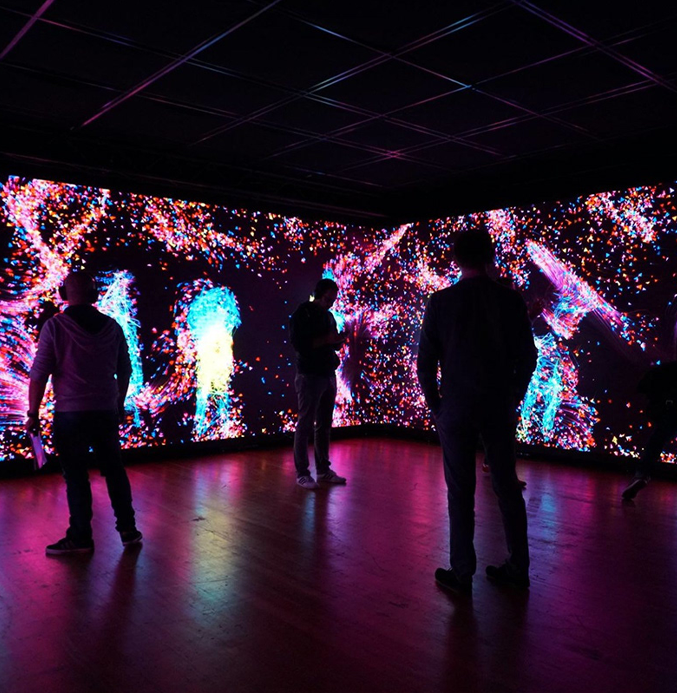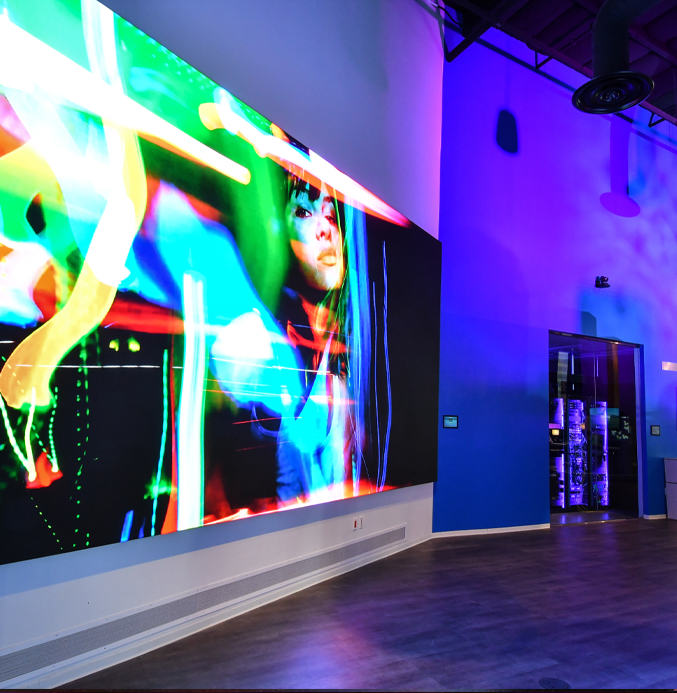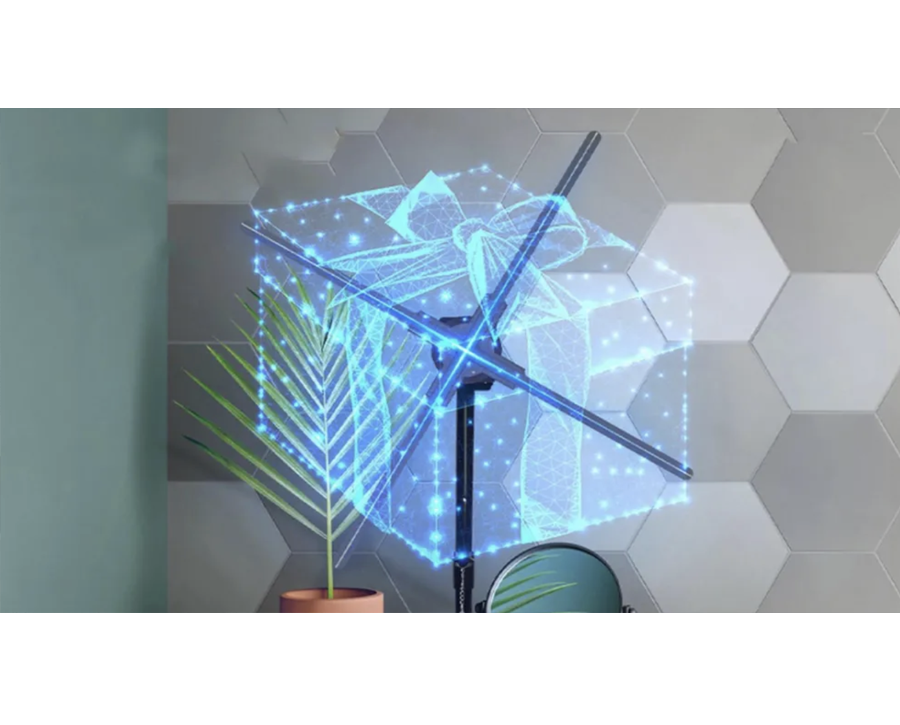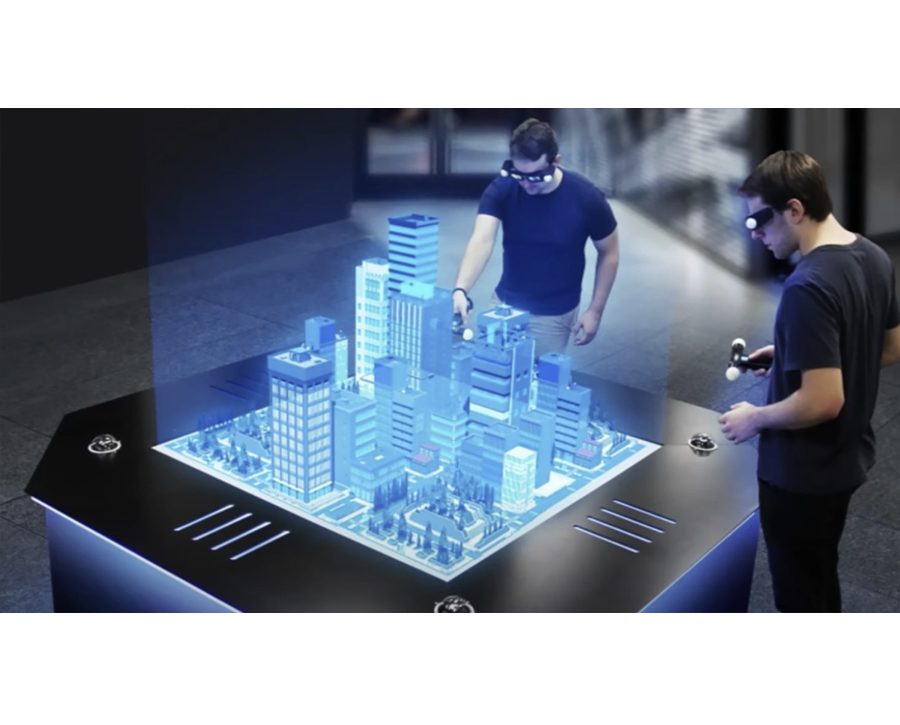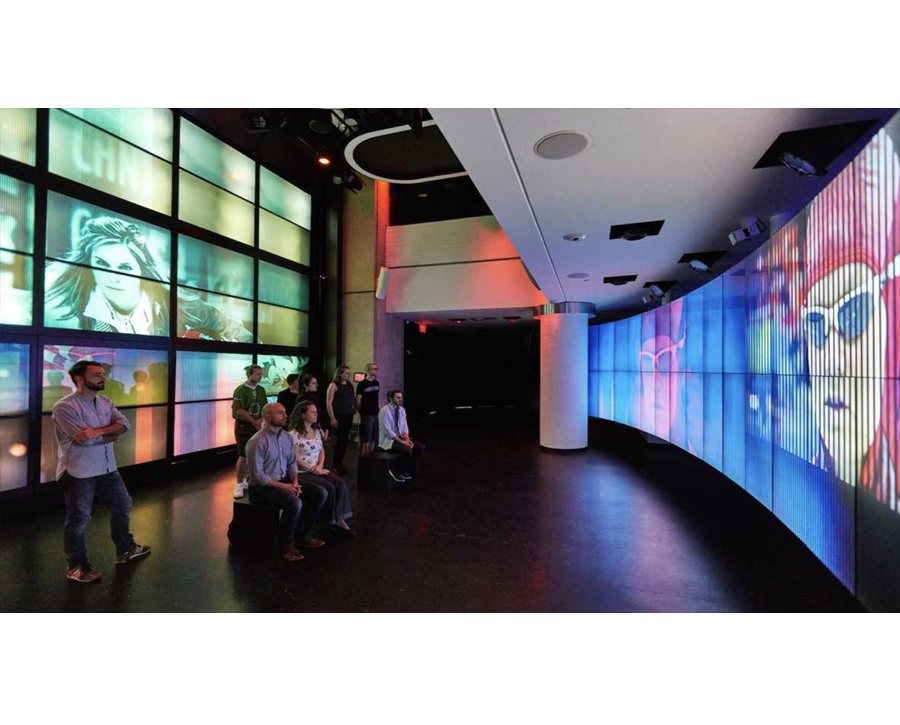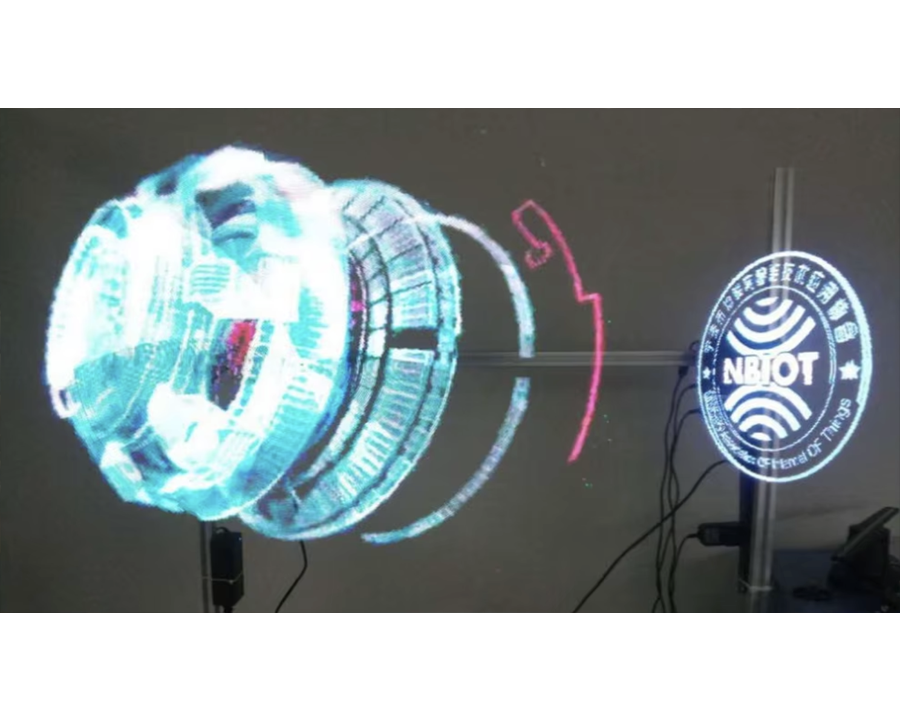
3D holographic fans are revolutionizing how companies as well as sectors visualize and engage with content. With the help of present day technology. They produce astonishing three dimensional images in mid air. Here, you will be introduced to basic working principles of 3D holographic fans
What Is A 3D Holographic Fan?
A 3D holographic fan is an electronic object intended for projecting 3D images through the use of LED lights. The fan produces a hologram by rapidly rotating and using light to produce an image that will float in mid air. Such fans are applied in different spheres of human life such as marketing, entertainment and educational fields.
As attractive pieces of art, they can grab the attention and then make it engaging. Holographic fans are used in some industries for advertisement purposes, in some other industries it may be for presenting something or performance or display etc.
The Core Technology Behind 3D Holographic Fans
Spinning LED Lights : LED light is another major aspect of 3D holographic fans. These lights rotate at very high speeds to give a three dimensional image. The LED which is used in illumination rotates and in the process the projected light is directed into the air making it look like it is floating.
Optical Illusions: Optical illusions are very important in the formation of the fan led 3d. This implies that the fast spinning of the LED lights will make the human eye perceive an image as a holographic one. Fast moving lights and the right positioning make it look like there is depth, height and perspective.
Projection Mapping Techniques: Projection mapping is another technique applied in the holographic fans. This covers techniques where images are thrown on an object or a surface in a manner that they create an illusion of depth. In a 3d hologram fan, projection mapping is applied together with spinning LEDs and this results in more complex images.
How 3D Holographic Fans Work
Hardware: It has a spinning fan, LED lights and control system as part of its hardware. The fan of the invention has a motor that rotates the LED lights at a very fast rate. The led 3d fan are used to provide light of different colors for the purpose of developing a bright outlook. The fan’s construction is supposed to locate the LEDs in a certain manner to display images that are floating in mid-air.
Software: Software governs the motion of the 3d led fan and the lighting. It also analyses the visual content and controls the correct sequence and duration of projected lights. It also varies the fan’s speed to match the images that are being exhibited on the screen. Sophisticated software enables real time controls, and these can alter what’s being presented.
Internal Mechanisms: The internal processes of a 3d fan hologram are responsible for the correct reproduction of light projections. Four sensors measure the speed of the fan in order to maintain a steady picture and focus. They also protect the led fan 3d and prevent it from overloading and getting damaged by coming up with these mechanisms.
Advancements in Efficiency for Holographic Fan Technology (2025)
Enhanced Definition: The future fans that are 3d hologram fan price will have higher resolution and will provide clear images. With advancement in technology, the LED light used in the fan will be made to produce better picture quality, higher contrast, and more vivid colors. With the improvement in the image resolution. The holograms will appear much more realistic and stunning.
Toughness: Since 3d led holograms are applied in different conditions. There is a need to make them more durable. The 3d fan led will be made from more durable materials. So that they can be used in areas where the weather is unforgiving or where the fans are used frequently.
Interactivity: One of the most stimulating developments is the possibility for the interaction in the 3D holographic fans. It might be possible to have touch sensitive or motion sensitive technology for the future fans. This would enable the viewers to come and touch the holograms as this would enhance the overall experience of the viewers. For instance, one might wave their hand in front of a fan to switch the picture on the screen or to zoom on an image.
3D Holographic Fan Applications
Advertising: Holographic fans are regularly used in advertising now. They are applied to draw attention in the areas of high population density, including shopping malls, airports, and other public areas. It is also more interesting for the potential customers, and through the use of 3D ads businesses will be able to capture the attention of many people. These ads can demonstrate products and services in use, provide customers with a spherical vision of the product, or even let customers engage with the material.
Retail: 3d led hologram fans are used to create visibility for new stocks and to make the product display more enticing to shoppers in the retail stores. These fans make products more tangible to customers and thus can be used to make purchases more interactive. For instance, a clothing store may use a holographic fan in order to present a fashion show in three-dimensional space. This makes shopping more fun and exciting and at the same time offers the customers a different view on the products.
Events: Holographic fans are also applied to the live events, for instance, concerts, trade shows, and exhibitions. These fans can be used by the event organisers in order to show 3d hologram led fan images or to complement performances or just to build up an entire setting. Hologram 3d led fans can project logos, videos, and dynamic visuals that complement the event’s theme and capture the audience’s attention.
Education: The educational sector has also come to realize the possibilities of 3d hologram led. They can be installed in the classroom, museum, and training centers to show models, scientific or historical information. They help to make the learning process more interesting and productive since data are presented in the form of the images. For instance, a biology teacher who is using the fan can use the project to display a 3d led fan hologram model of the human body so that the students can rotate it in all directions.
Conclusion
3D holographic fans are in the process of transforming industries by offering unique solutions to deliver and engage with content. Their further development is promising for the application in advertisement, selling, education, and events. These fans will only become better in terms of definition and construction in 2025.
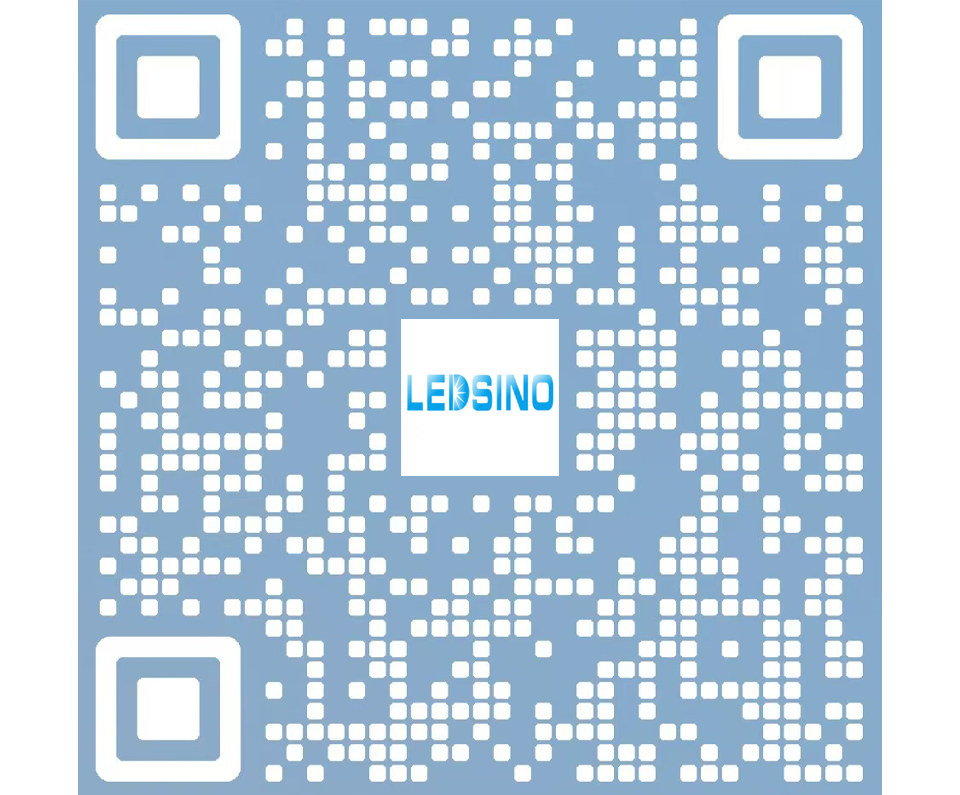
Enter the digital world with our advanced display technologies.

